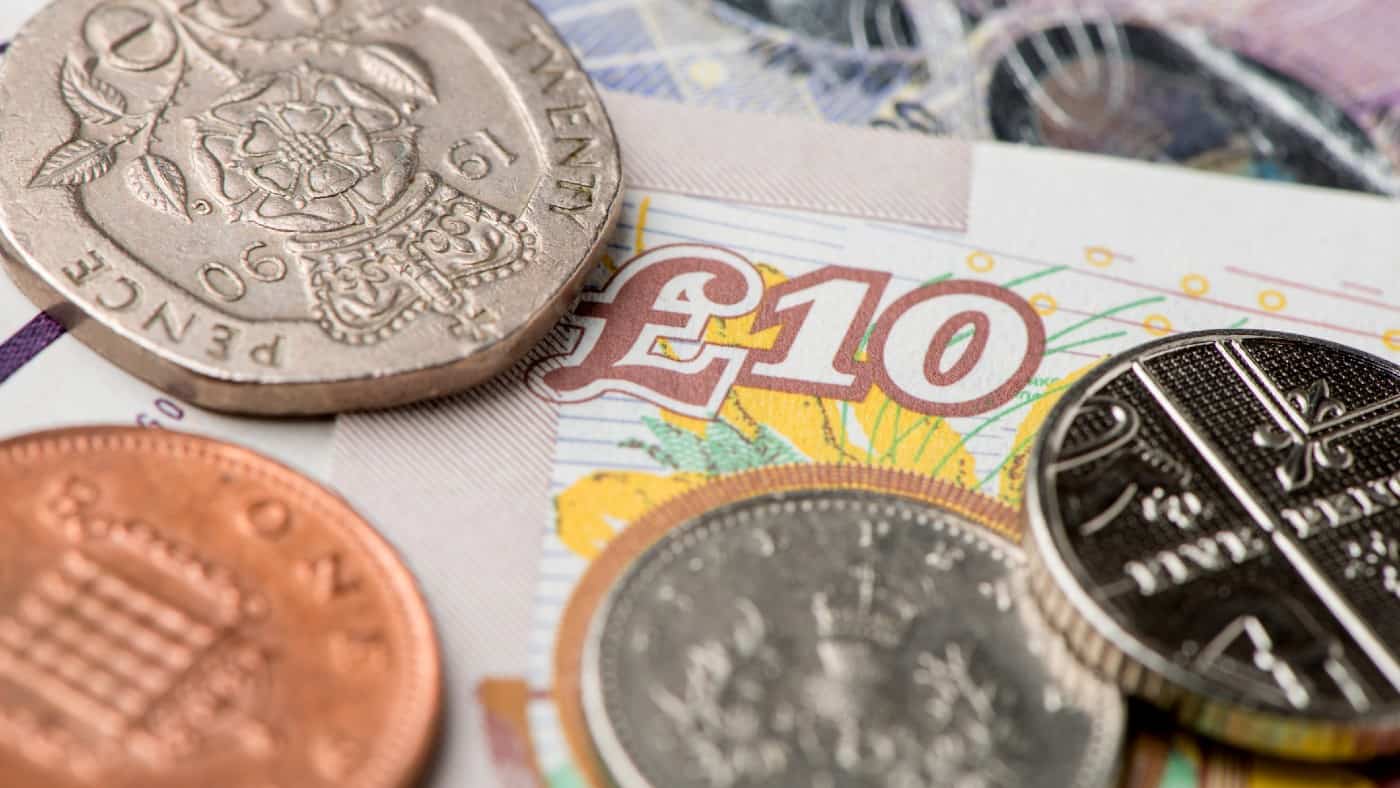As an income investor, finding the top dividend shares to buy is a key priority. I want to ensure that my £2,000 is going to be working as hard as possible in order to generate me passive income well into the future. That being the case, here are my top pointers for deciding which shares to pick at the moment.
Picking sustainable stocks
The pandemic has negatively impacted a lot of companies. For FTSE 100 firms, there are a few ways of financially dealing with this. The key element is how to protect cash flow. This is the life blood that keeps a company in operation, regardless of how large it is.
One way is to issue new debt via bonds. This boosts the cash flow in the short run, but with the obligation to pay it back with interest. The other way is to try and retain earnings. As an income investor, this second method will impact me. The likely way of retaining more earnings is simply by not paying them out as a dividend to shareholders.
This reality has been the case for many companies that I would have bucketed as a top dividend share a couple of years ago. So right now, I need to be careful in selecting shares that have a sustainable dividend payout. So companies that didn’t cut the dividend over the past 18 months is a great filter I can apply when thinking about where to invest.
I can also take into consideration companies that have indicated they will resume the payment of dividends. For example, major banks were told by the PRA to not pay out dividends last year. This has now been lifted, and it’s been indicated that the likes of Lloyds Banking Group and Barclays could see dividend hikes later this year.
Spreading the risk from top dividend shares
Even though the worst of the pandemic might be over, I still need to be careful when picking the top dividend shares. So with £2,000, I’d look to spread my risk over half a dozen companies instead of just one or two.
I think this is not only sensible but also can help me to achieve a higher dividend yield in the process. For example, if I wanted to have an average level of risk, I could buy a dividend share with a yield around 3%. Alternatively, I could invest in what I’d consider a safe dividend stock with a yield of 2%. At the same time, I’d invest in a high-yielding (and higher-risk) share with a yield of 6%. In the process, my average yield is now 4%.
By doing this on a larger scale with more stocks, I feel I can have a range of the top dividend shares from the index. Some will be great for sustainability, some great for the yield and others great for the future outlook. Whatever the reason, I feel it’s a good point to use instead of being overly concentrated simply because I like the look of one stock.








